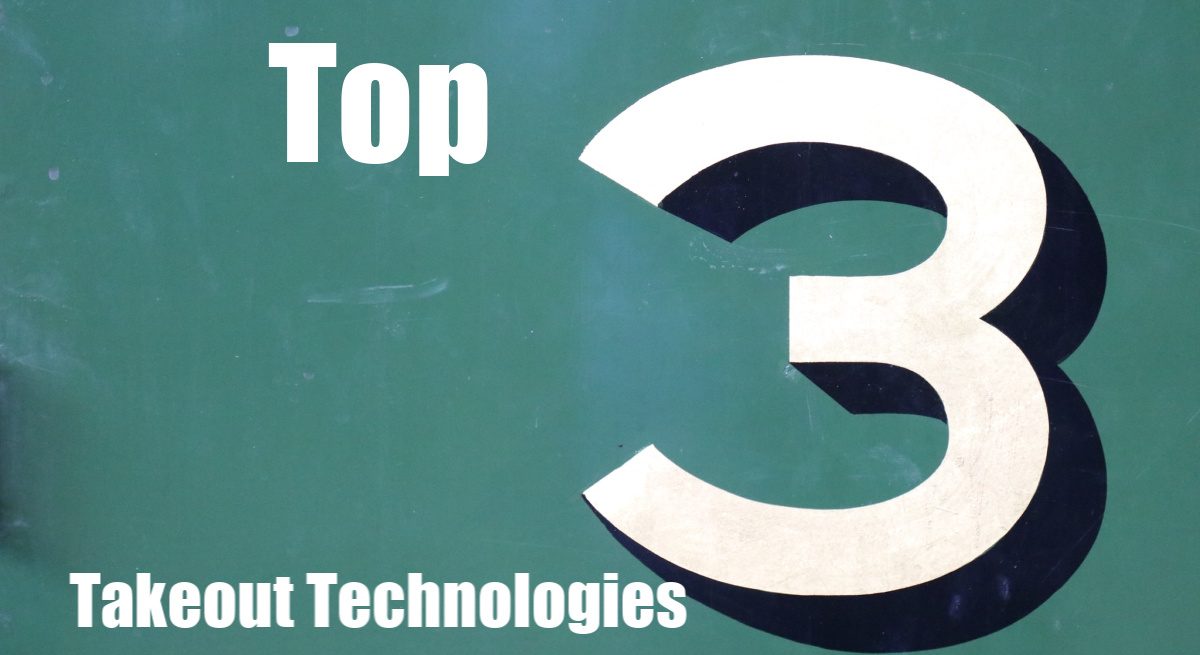MRM EXCLUSIVE: These Three Technologies Can Make the Difference Between Success and Failure for Takeout
2 Min Read By Aaron Branson
It’s been well over a month since the spread of COVID-19 and government efforts to contain it forced restaurants across the country to shut their doors to dine-in customers. But fortunately for at least some of those restaurants, the new rules allowed them to continue to offer take-out meals, thanks to online ordering and curbside pickup.
And while doing so has allowed many multi-unit restaurants to keep the lights on, it’s also forced them to transform their businesses. It soon became clear that those restaurants with curbside point-of-sale (POS) technologies and best practices already in place were better able to handle the increased strain on their IT networks when demand for online ordering and curbside pickup spiked. What’s more, many of them were even able to take advantage of the opportunity to launch or enhance loyalty programs.
But if you’re just launching (or thinking about launching) a curbside POS system, you should carefully consider how you’ll address the network security and reliability issues that can accompany accepting payments curbside.
1. Capitalize on revenue-generation by ensuring uptime and connectivity with cellular failover
Making the most of your move to a curbside POS system means never missing a transaction. And that means ensuring continuous network uptime, recognizing that:
-
Adding a cellular failover solution will ensure a 99.99 percent uptime, while internet service providers (ISPs) typically guarantee 99.9 percent uptime. That .09 percent difference may not seem like a big deal, but it can result in hours of lost revenue and an immeasurable loss of customer loyalty.
-
Cellular failover means you can process every payment, every time.
2. Make sure your secure Wi-Fi has the chops to handle line-busting and curbside payment processing
When those cars start lining up in your parking lot, you’re going to need expanded Wi-Fi coverage for line-busting at the drive-through – and to make the most of portable POS solutions (think tablets with EMV readers). That means you should be thinking about dual-band (2.4GHz and 5GHz) access point (AP) devices rated for outdoor use.
-
Having a strong Wi-Fi signal outdoors is just as important to network performance and customer experience as a cellular failover solution is to enhanced network reliability.
-
There’s a good chance your customers waiting outdoors for a delivery are going want Wi-Fi access. So, if you’re planning to offer it, you need to make sure you’re segmenting that traffic appropriately for security and PCI DSS compliance, and separating it from POS traffic.
3. Modernize your network architecture with SD-WAN for maximum efficiency and agility
Like everything else, your curbside POS calls for network security that scales with your business. That means it should meet your needs for segmenting wireless POS traffic, protecting cellular POS traffic, and providing full visibility to rapidly detect and respond to any abnormal activity. With SD-WAN technology, you get the architecture you need to give your IT team full visibility into every location’s network and the means to quickly and efficiently deploy any necessary changes – either globally or individually.
In the end, a successful curbside solution is really all about agility. But it’s important to remember that that the agility necessary to deliver the best possible customer experience and profitability relies on a network that ensures reliability, secure, and ease of management.


